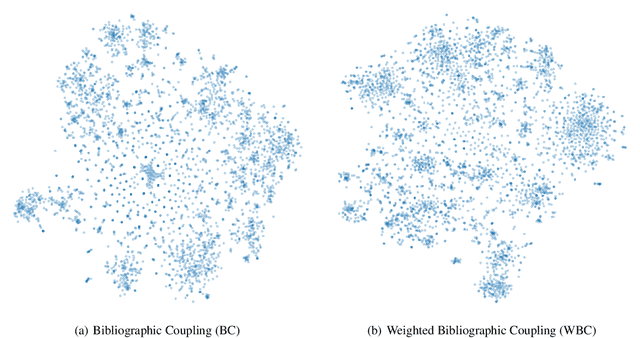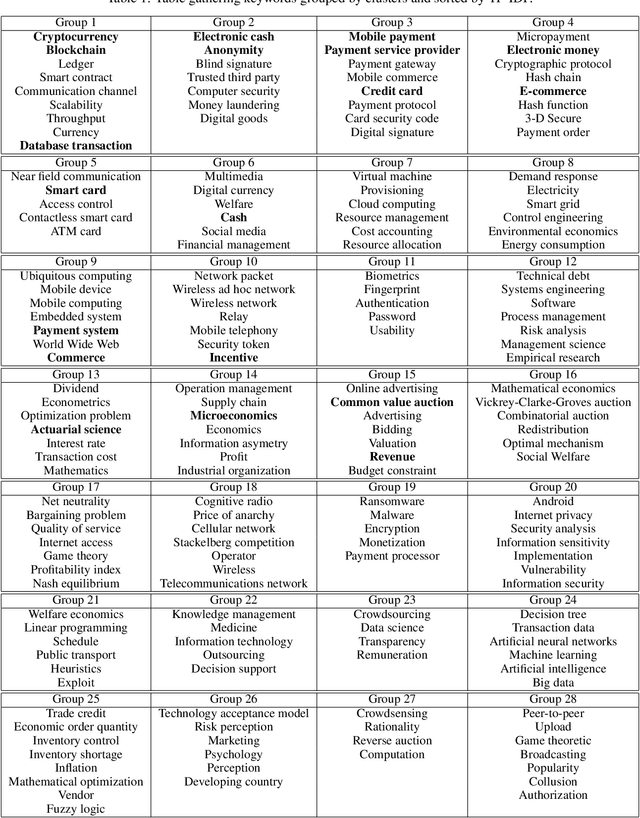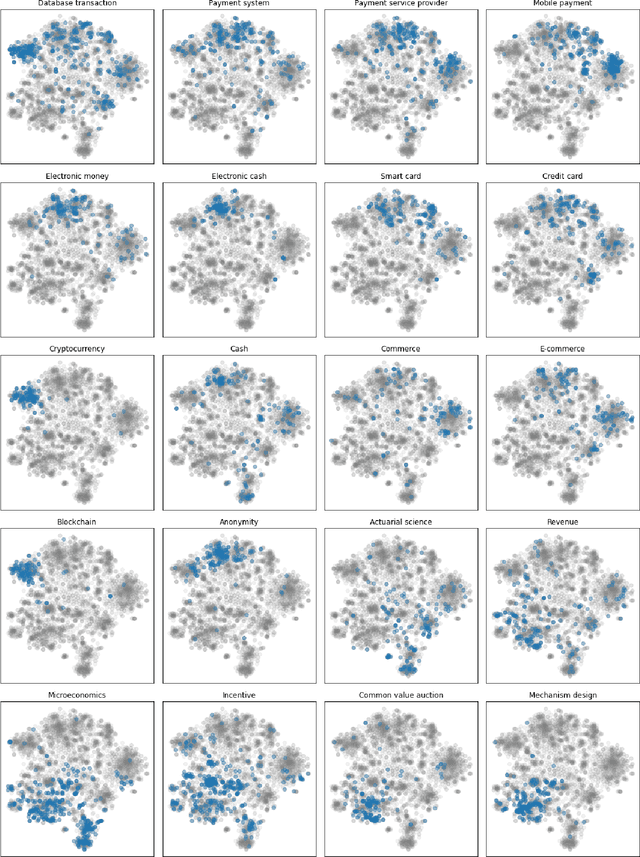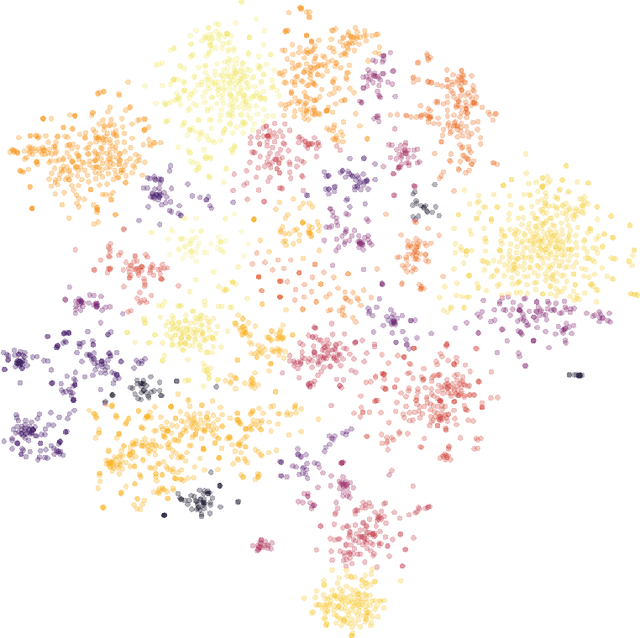Generating Local Maps of Science using Deep Bibliographic Coupling
Paper and Code
Sep 21, 2021



Bibliographic and co-citation coupling are two analytical methods widely used to measure the degree of similarity between scientific papers. These approaches are intuitive, easy to put into practice, and computationally cheap. Moreover, they have been used to generate a map of science, allowing visualizing research field interactions. Nonetheless, these methods do not work unless two papers share a standard reference, limiting the two papers usability with no direct connection. In this work, we propose to extend bibliographic coupling to the deep neighborhood, by using graph diffusion methods. This method allows defining similarity between any two papers, making it possible to generate a local map of science, highlighting field organization.
 Add to Chrome
Add to Chrome Add to Firefox
Add to Firefox Add to Edge
Add to Edge